MASS Meeting Notes for April 1, 2016
Dave, Jim A., Phil, Silvio and I were in attendance for the 45th meeting. Both Dean and Keith were not able to come due to work commitments. We went with Plan B and hopefully Keith can present his space colonization paper at a future meeting. I did show everyone his article “Space Colonization, What Are We Waiting For?” on page 47 of the Spring 2016 AdAstra magazine of the National Space Society. How cool it is to have such renown published person in our group.
Out first topic of discussion was status of the SkyWatch program at Triton College. Keith, Silvio and I were able to sit down with the new director of the Cernan Space Center after the last SkyWatch on March 19. I think we made a good case for the importance of SkyWatch and what a treasure it is with the 5 astronomers all speaking to recent events from each of their unique viewpoints. The director accepted that but made some points about the resources it takes to produce SkyWatch and the fact that it is presented only once. Time will tell on what the final resolution will be but I hope it remains close to its current format. In regards to member benefits, I was happy to hear that the “Big Event” was still being planned and that the director was investigating how to get a viewing for the members of the new documentary about Gene Cernan and his 1972 moon landing titled “The Last Man on the Moon”.
Another topic was the March 17 article about the Illinois state fossil, the Tully Monster. The Tully Monster has an interesting history and its fossils have only been found locally in Will and Grundy counties. There has been some recent investigation of the fossils and it has now been re-classified as a vertebrate and a predecessor of the lamprey. Formerly is was considered more of a worm-like creature. The fossils date from about 300 million years ago and vary in size from 3-15 inches long. The “monster” in the name comes from its unusual shape. It had a stubby body with eyes that stick out each side on the end of a stalks. It had a proboscis or nose as long as its body. At the end of the nose were teeth and a mouth. Weird animal!
The amazing connection is that Dan Troiani, one of the presenters at SkyWatch, used to make models of the Tully Monster and sell them at geology/fossil conventions. He recently was taking a “members-only” behind the scenes tour at the Field Museum of Natural History and saw one of his models on the desk of the head curator. The curator had purchased the model second hand and always wondered who was its creator. Dan told him he made it and the two have been goods friends ever since. Sometimes its an amazing small world.
For the last general topic I told the group that I had now completed 22 online classes in the last year and a half. The classes were mostly astronomy but there was a little biology and math also included. One of the best was an astronomy class by Chris Impey from the University of Arizona. Dr. Impey has some great astronomy teaching material on the Internet and I hope our group gives them a look to see if they would be useful for of our education efforts. Your can see his short articles and videos at his website Teach Astronomy.
I recently participated in a 1 hour live Q & A by Dr. Impey where I learned that globular clusters formed from the spherical gas cloud that eventually formed the Milky Way galaxy. This makes the proto-Milky Way gas cloud more than 12 billion years old. The 150 globulars formed in this spherical distribution and the gas went on to condense into the disk that shapes the galaxy today. The globulars were robbed of any further star formation because of the absence of any new gas in there environment. There are about 500 globulars around the Andromeda galaxy and large elliptical galaxies like M87 have up to 13,000 of them. The globulars are 10-300 light years in diameter and can have up to a million stars. The central star density is a high as 100 stars in a cubic light year. People conjecture that if intelligent life existed in the center of globular clusters, interstellar travel could be accomplished because the distances would be much smaller than what we have around the Sun.
Other recent knowledge that I acquired from my classes concerns the expansion of the universe. The measure of this expansion is the Hubble Constant which changes through time but is currently about 65 km/second/megaparsec. That means that 2 objects separated by a megaparsec or 3.26 million light years would see each other traveling 65 km/sec apart due to the expansion of space between them. This expansion only occurs in non-gravitationally bound systems. Things like the Local Group of galaxies and the Solar System or atoms(electromagnetic and strong force bound) do not expand this way. Gravity somehow neutralizes this expansion. If the expansion did occur in the Milky Way, an observer at the center would see the outer fringe 50,000 light years away expanding at about 1 km/sec. That distance increase would be only 2 x 10^-18 of the total distance. A pretty small effect. That is why it takes enormous distances to see the universe expansion.
The other interesting information was concerning neutron stars. A neutron star has a density equivalent to compressing the Empire State Building down to the size of a single grain of sand. When a white dwarf star implodes and collapses into a neutron star producing a supernova, all the elements in the core of the white dwarf, things like oxygen, carbon, etc., dissolve into a sea of neutrons. Every proton combines with a electron producing a neutron and a neutrino. There are about 10^58 neutrinos produced in a short time making the supernova shine with the equivalent energy of the entire universe. The outer layers of the star absorb about 1% of these neutrinos which is the force that expels those layers out in a supernova explosion. The universe is amazing.
Recent topics where:
- Landing of the ISS 1-year crew – Scott Kelly looks surprisingly good after his 340 days in space. He did complain about a few new symptons like his skin feeling like it was burning when it rubbed up against something. The crew seemed to keep the mood light while on orbit. Someone somehow got a gorilla suit up on the ISS. Here is a short clip of the gorilla chasing the English astronaut, Tim Peake around the station. Kelly’s total time in space set a record for a US astronaut of 520 days but the record will not last very long because Jeff Williams, who launched on March 18, will break the record by 14 days at the end of his 6 month stay. Williams is on his third long stay at the ISS and is the oldest astronauts at 58 years and 2 months at the beginning of his mission. Kelly announced that he is retiring from NASA starting on April 1st. Conjecture is that having achieved NASA’s allowable lifetime radiation exposure, he won’t be able to fly again for NASA so maybe the opportunities will better somewhere else.
- Commercial Cargo and Crew – SpaceX plans an aggressive schedule of 18 launches in 2016. They have already put Jason satellite in orbit for NASA and SES-9 communication satellite for Luxembourg and plan to resume their supply of the ISS on April 8th. It will be their 7th paying mission and a recovery from their explosion and the end of June last year. The Dragon capsule is the only means that NASA has to get all the biological samples from Scott Kelly’s 1-year mission back on Earth for analysis. The Dragon will also carry in its trunk the BEAM (Bigelow Expandable Activity Module). BEAM will stay attached to ISS for a couple of years to test its durability. Astronauts will not spend too much time in it but will use it primarily as a closet. Bigelow has big plans to use these type of modules in space as hotels and also habitats on the Moon and Mars. The smaller footprint makes them easier to launch on a rocket. The question is how well the Kevlar material walls hold up in space. SpaceX is planning their first launch of the Falcon Heavy in November. This will be the most powerful rocket since the Saturn V moon rocket. The Falcon Heavy is 3 Falcon 9 rockets strapped together. It should be some sight to see all 27 engines light and to see if all 3 Falcon 9 cores try to make a landing back on the ground. It has been a little amusing to see the banter back a forth between Elon Musk of SpaceX and Jeff Bezos of Amazon/Blue Origin as they trade back-handed complements of each others achievement. Bezos was the first to last his first stage rocket after attaining the 64 km height called the Van Karman line which technically delineates outer space. He also was first to reuse his landed first stage for a second flight. Here is a short video that explains the difficulty of landing a sub-orbital rocket like Bezo’s versus the orbital capability of the Falcon9. SpaceX had a pretty amazing video of a tethered Dragon firing it landing thrusters. Hopefully SpaceX will make its first launch of an uncrewed manned rated Dragon before the end of 2016. Both SpaceX with Dragon and Boeing with its Starliner capsule plan to launch crewed missions in 2017. Back in the commercial cargo area, Orbital has flown their third and fourth paying Cygnus ISS supply capsules on the interim Atlas 5 rocket. Their next supply mission should use their redesigned Antares rocket using a newer much more modern Russian engine. That launch will be the first one from the Virginia site after their October 2014 explosion blew most of the launch pad to bits and is expected to occur at the end of May 2016.
- Europe is headed to Mars on a Russian rocket but the US Mars mission is grounded due to the French – ExoMars 2016 with its TGO (Trace Gas Orbiter) and Schiaparelli landing demonstrator launched on a Russian Proton rocket on March 14th. They are expected to arrive at Mars in October 2016. The orbiter will search for the source of the methane in Mars’ atmosphere and try to determine if it is a signature of life. The Schiaparelli landing demonstrator is expected to last only a couple of days. It is testing the European method of landing that will be used on their rover scheduled for 2018. That rover will be able to drill 2 meters into the surface and is intended to search for life on Mars. The US Insight mission which was scheduled for a March launch has been delayed to 2018. The French seismometer that was integral part of the mission had an air leak that couldn’t be fixed in time for the launch window. Insight was to drill 10-16 ft into the surface and search for Mars seismic activity.
- Hold Onto Your Astro-Butts, 2016 Will be a Big Year for Space – This is a great survey article of what is to come in 2016. 1) The Russian space agency, Roscosmos, was dissolved and reconstituted by Vladimir Putin. People wonder what its resurgence will mean to Soyuz launches and whether it will reduce Russia’s moon program; 2) Stephen Hawking and tycoon Yuri Milner pledge of $100 million to fund mass alien hunting project called Breakthrough Listen. They will buy up time on big radio telescopes to search for artificial signals; 3) ESA’s ExoMars Trace Gas Orbiter (TGO) and Schiaparelli landing module will launch and land in Oct in Meridiani Planum region. Maybe one of these projects will find ET just in time for release of the movie Independence Day: Resurgence; 4) the Juno probe meets Jupiter on July 4. It will approach only a few 1000’s of miles from clouds and set record for the fastest man-made object at 70 km/sec (>150K mph) on its approach to a highly elliptical orbit. It is meant to study the interior of Jupiter and whether their is a rocky core at its heart; 5) first inflatable Bigelow Expandable Activity Module (BEAM) launches around Feb 7 for 2 year stay on ISS; 6) Scott Kelly scheduled to leave ISS in March; 7) Dream Chaser slated to fly on a rocket on Nov 1 to the ISS to deliver supplies and then land on a runway; 8) Falcon Heavy first launch in May (now delayed to November. SpaceX tends to do that). It will be largest rocket since Saturn V (video); 9) first flight of man-rated Dragon V2 capsule (might slip to 2017); 10) Rosetta set to land on Churyumov-Gerasimenko in Sep; 11) NASA launch OSIRIS-Rex (Origins, Spectral Interpretation, Resource Identification, Security, Regolith Explorer) in September to asteroid Bennu with mean diameter of 492 meters. The probe will reach the asteroid in 2019 and will return a sample to Earth in 2023. There is a 1 in 2000 chance of collision between Earth and the asteroid in 2182.
- NASA received a record 18,300 applicants for astronaut – beats old record of 8000 in 1978. Odds of getting picked are small. Will take 1 ½ years to whittle down to just 8-14 people. They will ride on commercial crew vehicles as well as the Orion capsule. The application period ended on Feb 18.
We finished the night by listening to Alan Stern’s talk to the National Academy of Sciences in Washington DC on Wednesday on the New Horizons mission to Pluto. Dr. Stern made the comment that 40% of Americans were not born when the last US flyby of a planet occurred in August of 1989 (Voyager past Neptune). He also added that the US has been the first nation to visit every planet in the solar system. He commented on how lean the New Horizon mission was. It was done for $700 million which is only 1/5 of the cost of one of the Voyager missions. It has been a slow and steady process but one half of the data has now been sent down to the Earth from the spacecraft. And New Horizons is poised to have a close encounter with the Kuiper Belt Object, 2014 MU69, in January 2019. The KBO is another billion miles from Pluto and is small at only 30-45 km in diameter but New Horizons should get some amazing detailed pictures because it will come 3 times closer than it did to Pluto. With it plutonium electric generators New Horizon should be able to transmit until the end of the 2030s. Hopefully the Earth will still be listening to it. Some new maps with feature names also have been produced. A neat picture of ice mountains on the edge of nitrogen bubbles was published, “x marks the spot”.
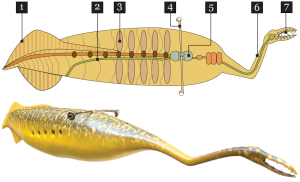

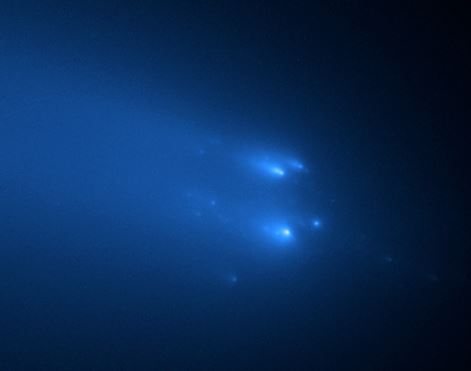
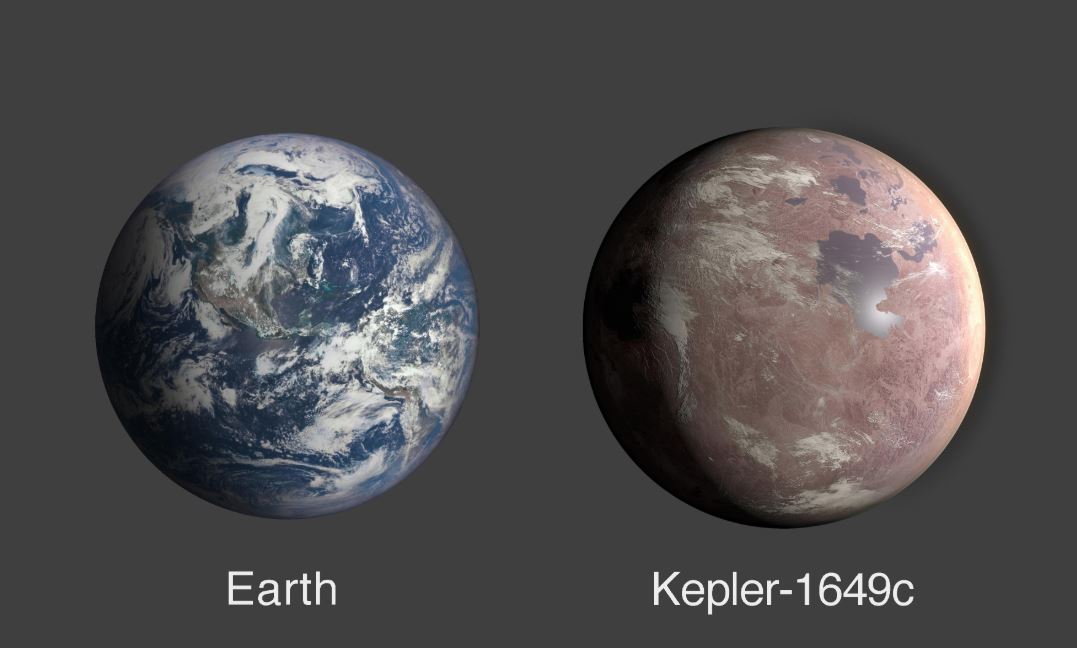
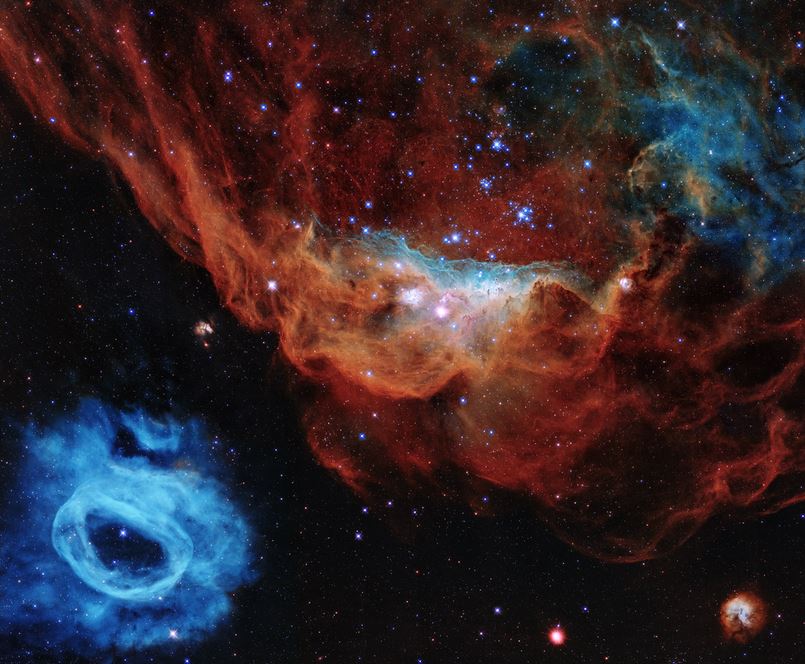
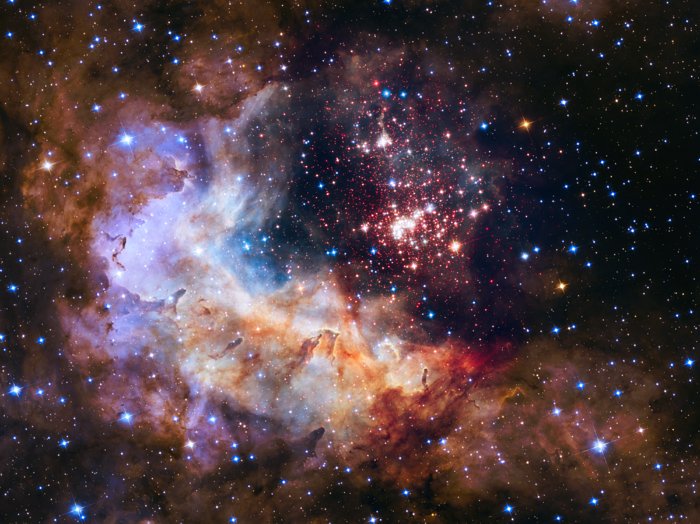

One Response
Great re-cap and overall science summary, Mr. Mueller! Always a great read! I shared this with a few co-workers at my work as well and it inspired many discussions.
Thanks again!
-Keith
Comments are closed.